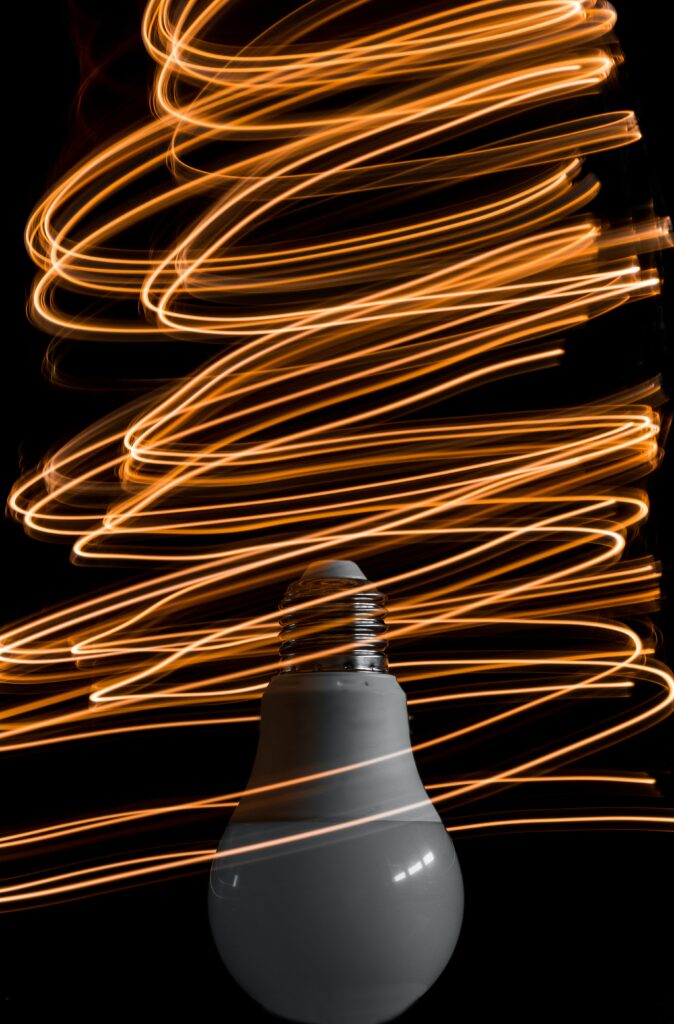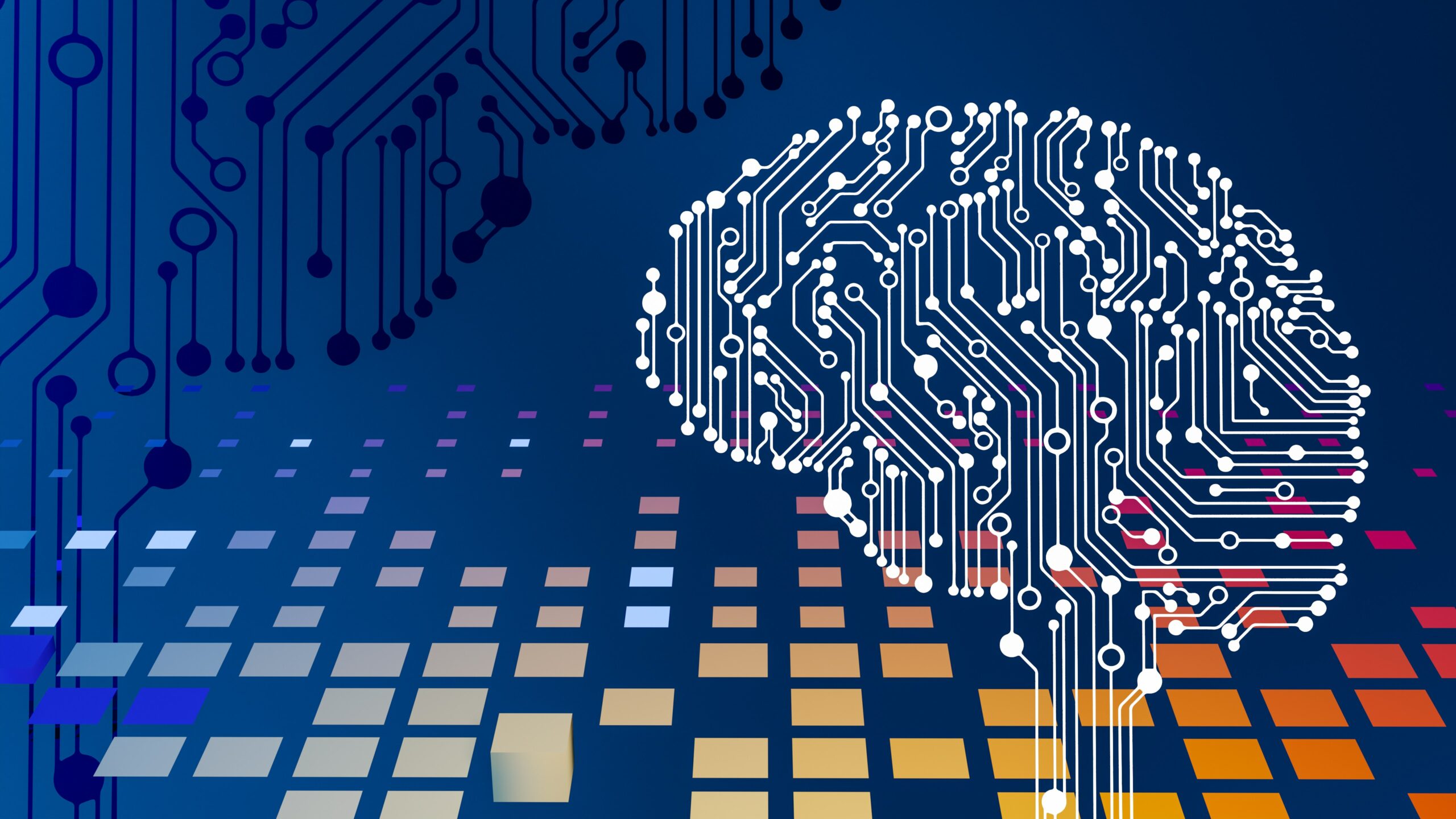In the ever-evolving landscape of intellectual property (IP) law, staying ahead of the curve is crucial for legal professionals, inventors, and businesses seeking to protect their innovations. One of the most valuable tools in this endeavor is patent citation analysis.
Traditionally a labor-intensive and time-consuming task, patent citation analysis has been revolutionized by artificial intelligence (AI). In this article, we will dive deep into the world of AI-powered patent citation analysis, exploring its importance, methodologies, tools, challenges, and future prospects.
The Essence of Patent Citation Analysis
Before we embark on our journey into the realm of AI-powered patent citation analysis, let’s first understand what patent citation analysis entails. At its core, it is the process of examining and analyzing the citations made in patents. These citations are references to prior art, which are other patents or documents that are relevant to the patented invention. Patent examiners, inventors, and researchers use these citations to understand the context of a patent, assess its novelty and non-obviousness, and determine its potential legal challenges.
The Significance of Patent Citations
The importance of patent citations cannot be overstated. They serve as a trail of breadcrumbs leading to the roots of innovation, enabling patent professionals to trace the evolution of technology in a specific field. By examining the citations within a patent, one can glean insights into the interconnectedness of inventions, identify key players in a particular industry, and even predict emerging trends.
Furthermore, patent citations play a crucial role in the patent examination process. Examiners use these citations to evaluate whether a patent application meets the criteria for patentability. If an invention has already been described or claimed in a prior patent, it may not be deemed novel, thus affecting the outcome of the patent application.
The Role of AI in Patent Analysis
Traditionally, patent citation analysis was a painstakingly manual process. Patent professionals had to sift through vast amounts of patent documents, identifying relevant citations and drawing insights from them. This process was not only time-consuming but also prone to human error and subjectivity.
Enter AI, the game-changer. Artificial intelligence, particularly machine learning and natural language processing (NLP), has transformed patent analysis. By harnessing the power of AI, patent professionals can now automate and enhance the process of patent citation analysis, making it more efficient, accurate, and insightful than ever before.
Understanding Patents
To grasp the essence of patent citation analysis, it’s imperative to have a solid understanding of what a patent is. Simply put, a patent is a legal document that grants its holder the exclusive rights to make, use, and sell an invention for a specified period, usually 20 years from the filing date. In return for this exclusive right, the inventor discloses the details of the invention to the public through a patent application.
Patents are a cornerstone of innovation. They incentivize inventors to invest time and resources into research and development by offering a monopoly on their invention. This monopoly, however, comes with a quid pro quo – the inventor must share the knowledge of their invention with the public, thereby contributing to the collective pool of human knowledge.
Types of Patents
Patents are not a one-size-fits-all concept. They come in various forms, each tailored to protect different aspects of innovation. The three primary types of patents are:
The Patent Application Process
Obtaining a patent involves a complex and structured process, which can be summarized in the following steps:
The Significance of Patent Citations
Why Do Patents Get Cited?
Patents, like academic research papers, rely on citations to establish a foundation for their claims and to provide evidence of their novelty. When a patent application is being examined, the applicant has the opportunity to cite prior art, which includes existing patents and other relevant documents. By doing so, the applicant demonstrates that their invention is distinct from what already exists, reinforcing the patent’s uniqueness.
Citations also serve another critical purpose. They enable patent examiners, inventors, and researchers to identify the relevant prior art and understand the technological context in which an invention operates. In essence, citations act as a bridge connecting the present invention to the past innovations that have paved the way.
The Role of Citations in Patent Examination
During the patent examination process, patent examiners rely heavily on citations to assess the novelty and non-obviousness of an invention. Novelty refers to the requirement that an invention must be new and not disclosed in any prior art. Non-obviousness, on the other hand, means that the invention cannot be an obvious improvement over existing technology.
When an examiner reviews a patent application, they meticulously examine the citations provided by the applicant. If they find a prior patent or document that anticipates or renders the invention obvious, it can have a significant impact on the outcome of the patent application. In such cases, the patent may be rejected, modified, or require a more extensive examination.
Patent Citations as Prior Art
In the context of patent law, prior art refers to all publicly available information that predates a patent application. This includes existing patents, scientific publications, technical manuals, and any other documents that disclose relevant information. Prior art serves as a yardstick against which the novelty and non-obviousness of an invention are measured.
Patent citations, therefore, are a subset of prior art. When a patent cites another patent or document, it is essentially acknowledging that the cited work contains relevant information related to the invention. These citations form a web of interconnected inventions, each building upon the knowledge contained in earlier patents.
In the next section, we will explore the traditional methods of patent citation analysis and the challenges they present.
Traditional Patent Citation Analysis
Traditionally, patent citation analysis was a painstakingly manual process. Patent professionals, including patent examiners, patent attorneys, and researchers, had to sift through mountains of patent documents to identify and analyze citations. This manual approach had several drawbacks:
As the demand for patent analysis grew, there was a clear need for more efficient and accurate methods. This need led to the integration of AI and machine learning into the patent analysis process, which we will explore in the next section.
AI and Machine Learning in Patent Analysis
How AI Enhances Patent Analysis
The integration of artificial intelligence and machine learning into patent analysis has brought about a seismic shift in the field. AI-powered patent analysis offers several advantages:
Key Machine Learning Techniques in Patent Analysis
Several machine learning techniques are employed in AI-powered patent analysis:
AI-powered Patent Citation Analysis Tools
The field of AI-powered patent analysis has seen the emergence of several innovative tools and platforms that cater to the needs of patent professionals, inventors, and businesses. These tools utilize a combination of AI techniques, including NLP and machine learning, to provide comprehensive insights into patent citations. Here are some of the leading AI-powered patent analysis tools:
PatentSight:
PatentSight is an AI-driven analytics platform that offers in-depth patent portfolio analysis. It provides visualizations of patent landscapes, identifies potential acquisition targets, and assesses the value of patents.
Cipher
Cipher is a patent analytics platform that uses AI and machine learning to analyze patent data. It offers features such as competitive analysis, technology trend tracking, and patent valuation.
Relecura
Relecura is a comprehensive patent analytics tool that combines AI and visualization to help users navigate patent landscapes, identify emerging technologies, and assess the competitive landscape.
Clarivate Analytics (formerly Derwent)
Clarivate Analytics offers AI-driven patent analysis tools, including PatentSight and Derwent Innovation, which assist users in patent valuation, portfolio management, and competitive intelligence.
IP.com
IP.com provides AI-powered solutions for patent search and analysis. Its platform offers features such as semantic search, patent landscaping, and competitor tracking.
Features and capabilities.
AI-powered patent analysis tools come equipped with a range of features and capabilities. Advanced search capabilities allow users to find patents and prior art using natural language queries. Patent landscapes, citation networks, and technology trend visualizations make it easier to understand complex patent data.
Tools can automatically identify and categorize citations, helping users assess the relevance of prior art. AI algorithms can estimate the value of patents based on various factors, including citation counts and technology significance. Users can gain insights into the patent portfolios of competitors, helping with strategic decision-making. Tools can identify emerging technologies and potential partnership opportunities.

NLP and Text Analysis in Patent Citations
Natural Language Processing (NLP) in Patent Analysis
Natural Language Processing (NLP) is a branch of artificial intelligence that focuses on the interaction between humans and computers through natural language. In the context of patent analysis, NLP plays a pivotal role in extracting valuable insights from the text of patents and their citations.
Here are some key ways in which NLP is applied in patent analysis:
Text Mining and Sentiment Analysis
Text mining, a subset of NLP, involves the process of extracting useful patterns and insights from textual data. In patent citation analysis, text mining can reveal valuable information such as:
Sentiment analysis, on the other hand, can provide a deeper layer of understanding by assessing the emotional tone or sentiment conveyed in patent texts. For example, sentiment analysis can reveal whether a patent’s claims are confident, speculative, or cautious, which can have implications for its validity and significance.
Leveraging NLP for Patent Insights
NLP and text analysis have the potential to unlock hidden insights within patent documents and their citations. Patent professionals can use these techniques to:
Challenges and Ethical Considerations
Data Privacy and Security
One of the foremost challenges in AI-powered patent analysis is the handling of sensitive data. Patent documents often contain confidential information about inventions and innovations. Ensuring the privacy and security of this data is paramount.
Bias in AI Patent Analysis
Another critical concern in AI-powered patent analysis is the potential for bias. Machine learning models can inadvertently learn biases present in the training data, leading to biased results in patent analysis.
Legal and Ethical Implications
AI-powered patent analysis also raises legal and ethical questions. Determining the ownership of insights and analyses generated by AI tools in the context of patent analysis. Ensuring that AI is used ethically and responsibly in patent analysis, with a focus on promoting innovation and fairness. Complying with relevant intellectual property laws and regulations when using AI tools for patent analysis. As the field of AI and patent analysis continues to evolve, addressing these challenges and ethical considerations will be crucial.
Future Trends and Developments
The field of AI-powered patent analysis is continuously evolving. As AI technologies advance, we can expect to see several key trends and developments in the coming years:
Natural language processing will continue to improve, enabling AI tools to extract deeper insights from patent texts and citations. AI will facilitate the cross-pollination of ideas between different technology domains, leading to innovative interdisciplinary inventions. We may see the emergence of AI-generated patents, raising questions about authorship and ownership.
AI-powered tools will become even better at predicting patent trends, allowing businesses to make more informed decisions. AI will facilitate global collaboration among inventors and researchers, transcending geographic boundaries. Intellectual property laws and regulations will likely evolve to accommodate AI-generated inventions and AI-powered patent analysis.
